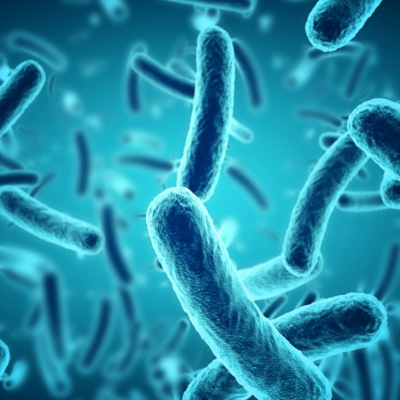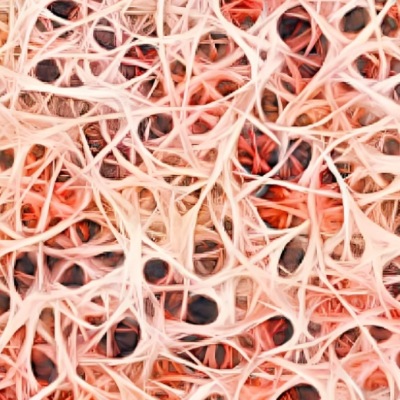Wounds and Their Types
The breakdown in skin layers with or without other body tissues. They happen due to many types of injuries (i.e., surgery, cuts,
trauma) and can be classified in different ways (i.e., acute or chronic wounds - superficial or deep wounds).
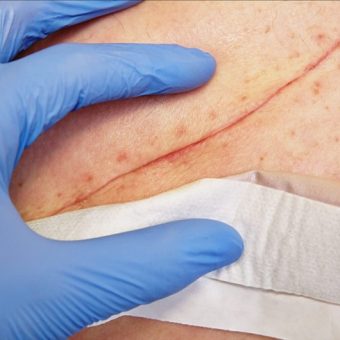
Acute Wound
A wound that occurs normally after injury caused by (i.e., surgical wounds, trauma, cuts) and heals without complications through the normal stages of wound healing within 4-6 weeks. These wounds mostly don’t need advanced wound care, as they would heal through the normal mechanism of wound healing.
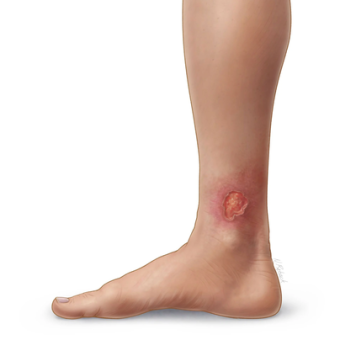
Chronic Wound
A wound that fails to heal or heals slowly through the stages of healing (i.e., venous ulcers, diabetic foot ulcers, arterial ulcers, and pressure ulcers), their healing time can take more than 4-6 weeks. These wounds need special management and optimum local wound care to accelerate wound closure and rebuild the skin tissues.
Wound Healing Process
Includes two steps hemostasis and inflammation. hemostasis starts immediately after the injury initiating clotting steps which aims to stop bleeding, then inflammation starts, white blood cells are attracted to the wound area and start to kill local bacteria and swallow dead tissues to ensure that the wound site is clean and ready for the next phase. This phase takes 2-5 days.
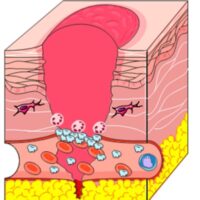
Inflammation Stage
Is characterized by new tissue formation and blood vessels restoration, this happens by collagen synthesis to build the new skin tissue and endothelial tissue regeneration to build new vascular network. This phase starts after the inflammatory phase and takes up to 21 days.
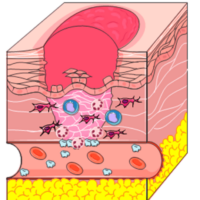
Proliferation Stage
Is the last phase of the wound healing, it begins from day 21 and continues for up to 1-2 years. During the remodeling phase, rearrangement of the collagen tissue occurs, and the wound begin to mature and forms a scar. Interruption, or
irritation of the wound in this stage may increase the possibility of abnormal scar formation.
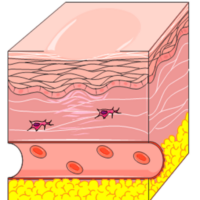
Remodeling Stage
Chronic wounds and what causes them
Most chronic wounds are ULCERS that are associated with an underlying cause that leads to a non-healing wound or delayed
healing. Here are some examples:
Arterial ulcers
Ulcers caused by a reduction in blood flow, leading to decreased perfusion which causes poor healing. They most commonly occur distally at sites of trauma and in pressure areas (e.g the
heel).
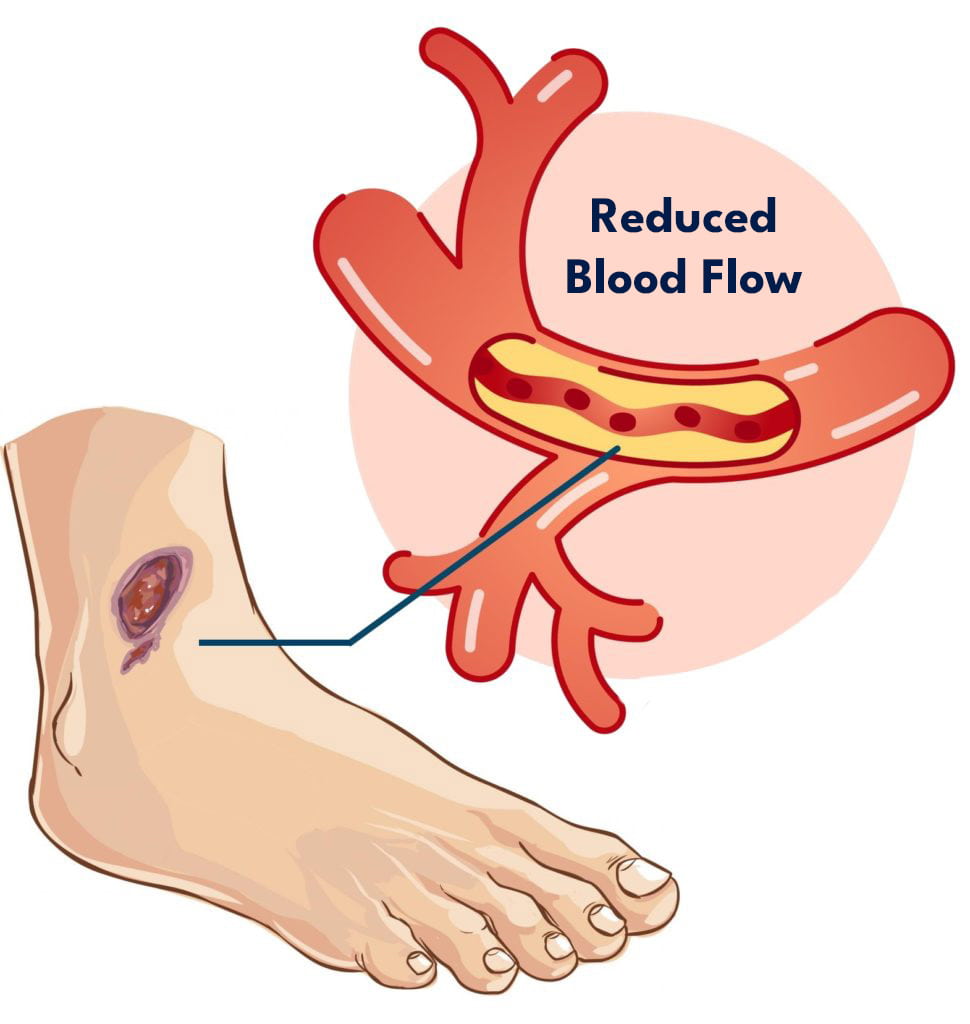
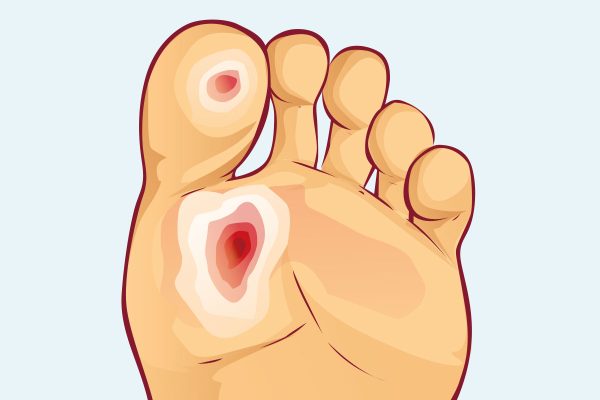
Diabetic foot ulcers
Ulcers that commonly appear on the feet. It is a complication of diabetes that often happens from a lack of sensation or a problem in the blood flow in the affected area. Without treatment and management, it can result in severe complications that may lead to amputation.
Venous leg ulcers
Ulcers that are caused when there is difficulty in blood flow from the extremities back to the heart because of defected veins. They often occur on legs near the ankle, when the blood is stuck in these veins creating pressure, this damages skin tissue and leads to a chronic ulcer.
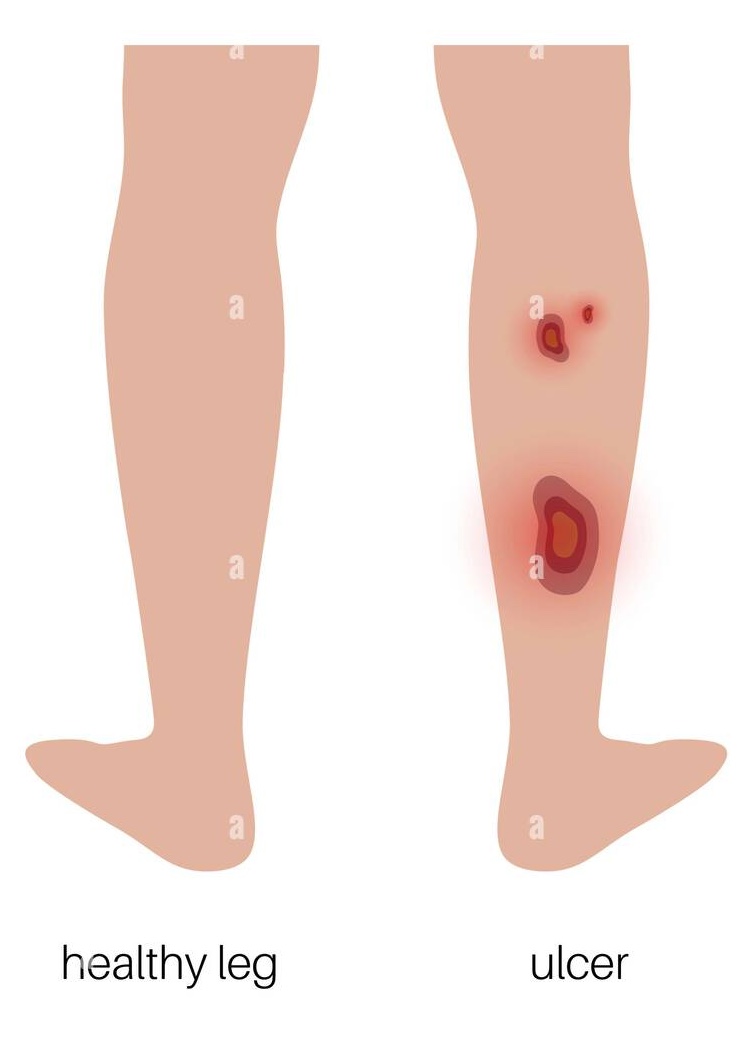
Burns and Their Degrees
A burn is a type of wound that takes place when the skin contacts an excessive heat source. Burns can be classified based on the depth of the burn to three degrees.
First-degree burns
Affect only the epidermis, which is the first outer layer of the skin.
Second-degree burns
Involve the epidermis layer and part of the dermis layer, which are the first and the second layers of the skin
Third-degree burns
Destroy the epidermis, dermis and subcutaneous layers which means all the layers of the skin and it may also damage the underlying bones, muscles, and tendons.
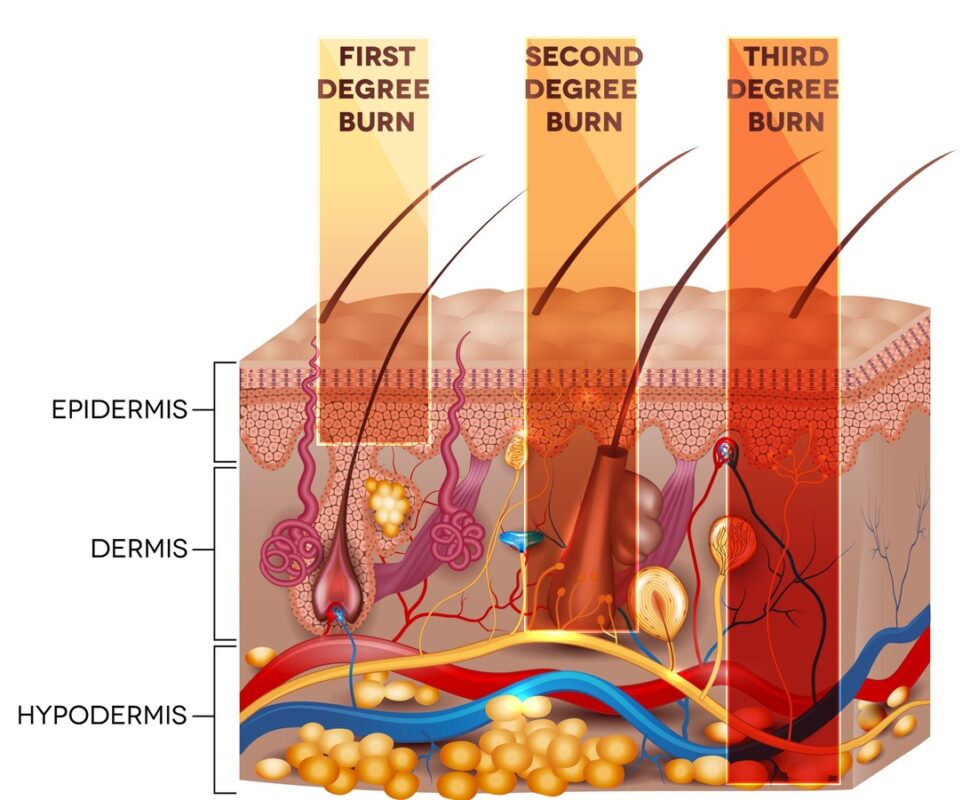
Management of Chronic Wounds and Burns
Treating chronic wounds has two main aspects:
- The first is addressing and treating the underlying cause that contributes to the chronicity of the wounds.
- The second is providing optimum local care to the wound itself through the use of a suitable dressing or topical wound healing gel.
For burn management
An optimum Local wound care should provide 4 aspects
Moisture Management
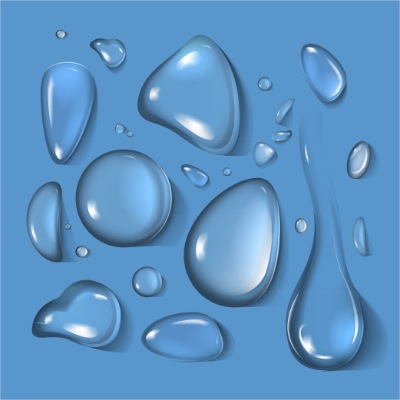
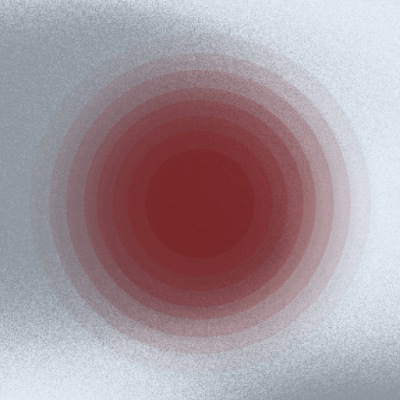
Inflammation Control
Antibacterial Properties
